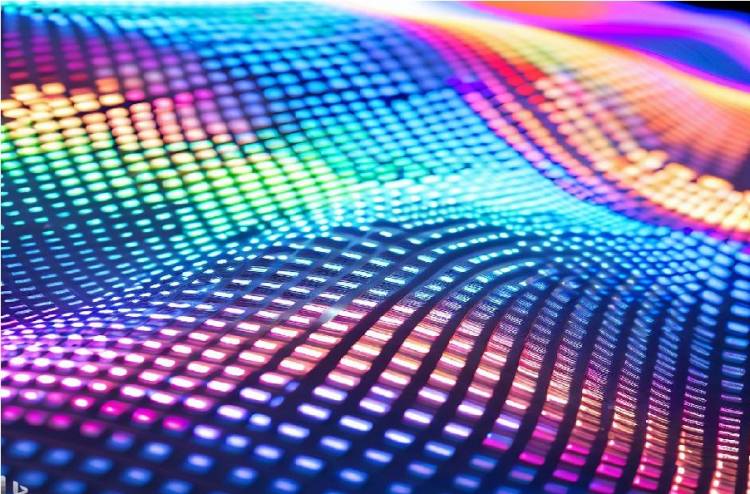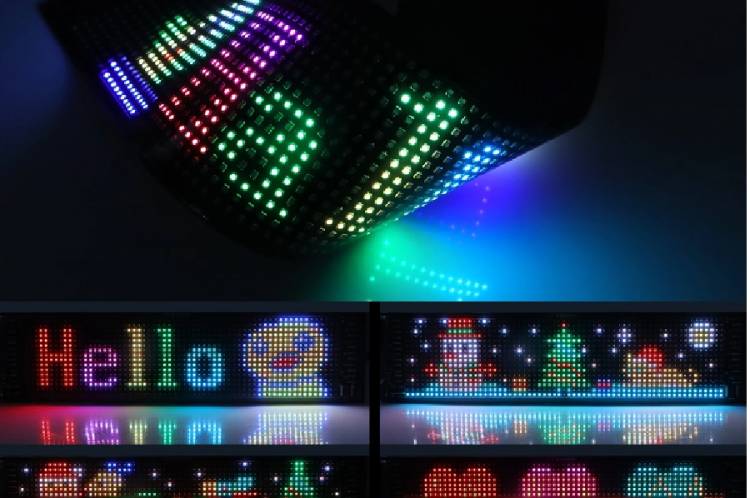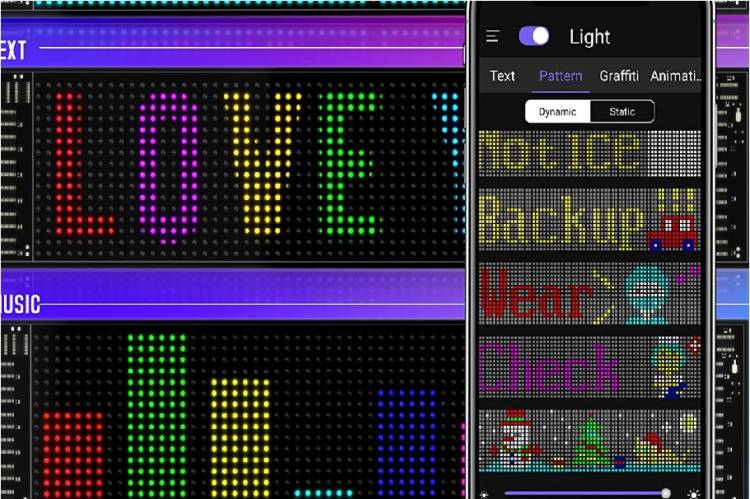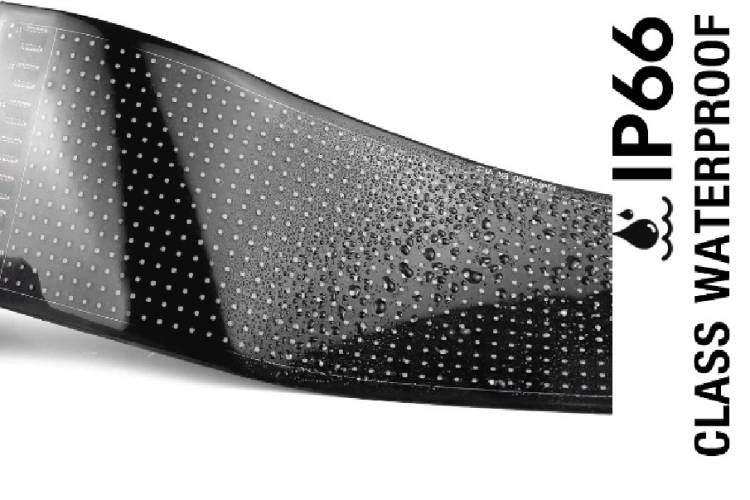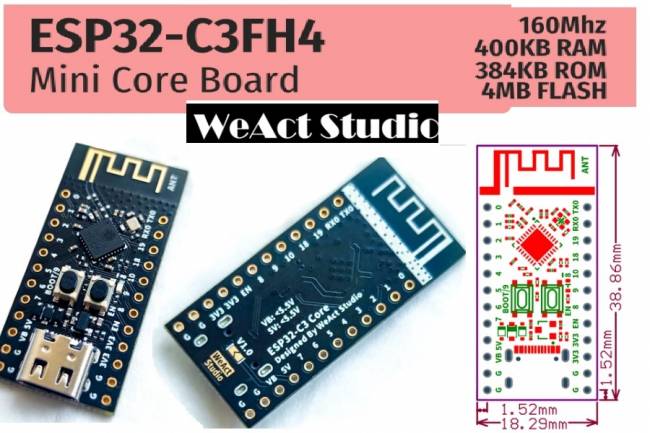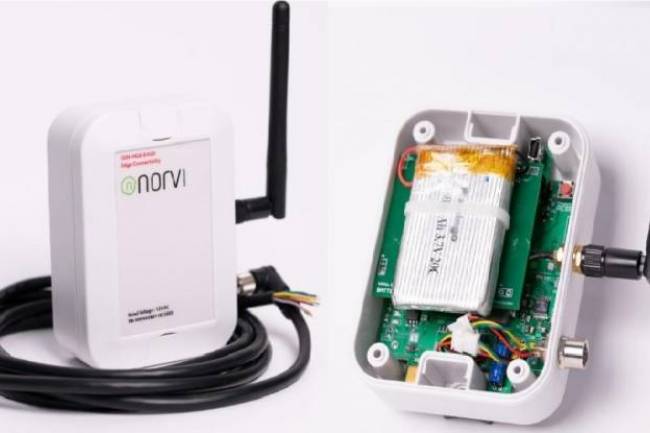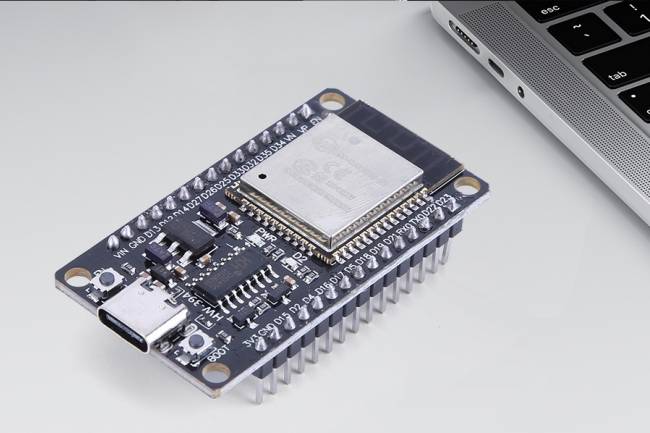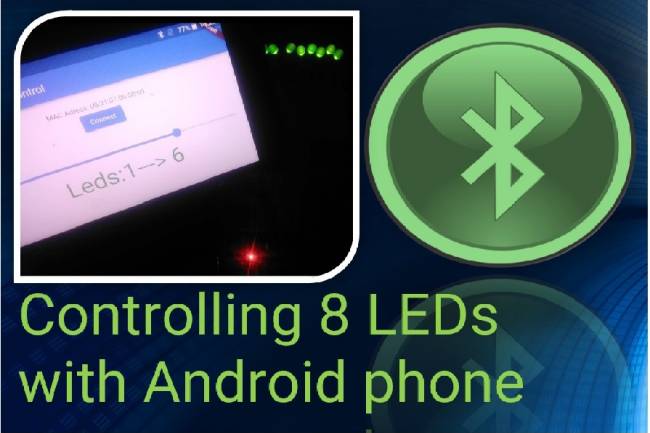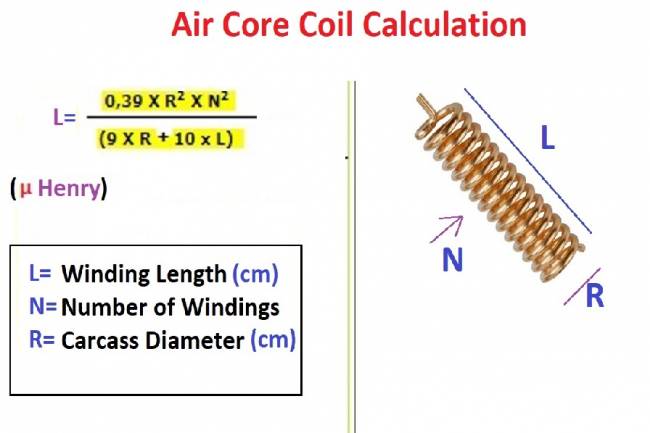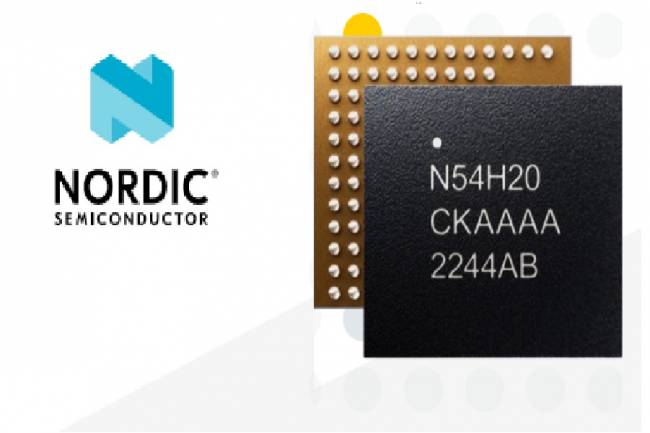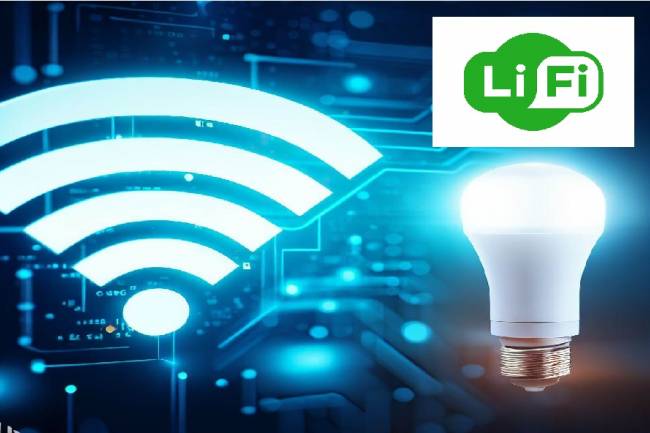Overview of Flexible LED matrix Displays
In this article, we would like to review the technical features of flexible led matrix displays in general.
Although classical advertising signs are still used today, we see a lot of led matrix screens in many homes, business and city spaces. LED matrix displays, which show that we are completely in the digital world, are also developing.
Led matrix screens can be used for decorative as well as informational purposes. They also save time and energy when used for informational purposes. With the help of a led matrix screen, it is possible to transmit a lot of information to a large number of people in a short time.
Flexible led matrix displays, on the other hand, have additional advantages over the previous, non-flexible led matrix displays. For example; They can be easily dismantled and moved to another location. They take up less space. They also provide energy savings as they consume low energy due to their LED structure.
Flexible LED matrix displays are a type of LED display technology that can be thinner, lighter and more flexible than traditional solid LED displays. Such displays have a matrix structure where each pixel consists of a small LED light source.
Organic LEDs (OLEDs) are a type of LED technology made from organic components as opposed to inorganic LEDs. Flexible LED matrix displays can be produced using OLED technology and have an extremely flexible and thin structure. However, flexible LED displays are not made with OLED technology alone; Inorganic LEDs can also be used.
Flexible LED matrix displays can be used for many different applications. For example, they can be used in areas such as wearable technologies, mobile devices, automobile interiors, billboards, lighting systems.
What is OLED?
OLED stands for "Organic Light Emitting Diode". OLEDs are a type of LED technology made from organic components.
OLEDs consist of an anode, a cathode, and an organic layer. The organic layer between the anode and the cathode can emit light thanks to its electroluminescent feature.
The organic layer is usually made up of mixtures, consisting of polymers, small molecules and/or carbon-based components. The combination of organic components is optimized to provide light emission in different colors.
OLEDs can be thinner, flexible, light and have a high contrast ratio compared to inorganic LEDs. Therefore, they can be preferred for many different applications such as mobile devices, televisions, computer screens, wearable devices.
There are many brands that produce flexible LED matrix panels. Some popular brands are:
LG: LG Display is a leading company that manufactures large-format flexible OLED displays and flexible LCD displays.
Samsung: Samsung is a leader in flexible OLED displays. The company produces panels for flexible phone displays, wearables, and other flexible display applications.
BOE Technology: BOE is one of the world's largest manufacturers of LCD panels, producing many different types of displays, including flexible LCD displays.
FlexEnable: FlexEnable is a leading company in flexible display technologies. The company provides solutions for wearable devices, smart home systems and other flexible display applications.
Royole: Royole is a company that produces different technologies such as flexible OLED displays and flexible sensors. The company provides flexible display solutions for smartphones, wearables and other applications.
Of course, one of the most important features of flexible LED matrix displays is that they can be managed with mobile devices. You can download the mobile application of the purchased brand and control it with the bluetooth adapter.
With the help of mobile applications, you can adjust the design text, patterns, animations according to your needs and scenes. You can also adjust the brightness and speed.
